- Category
- Latest news
Chinese Engines and Foreign Chips: The Fragile Backbone of Russia’s Military Arsenal
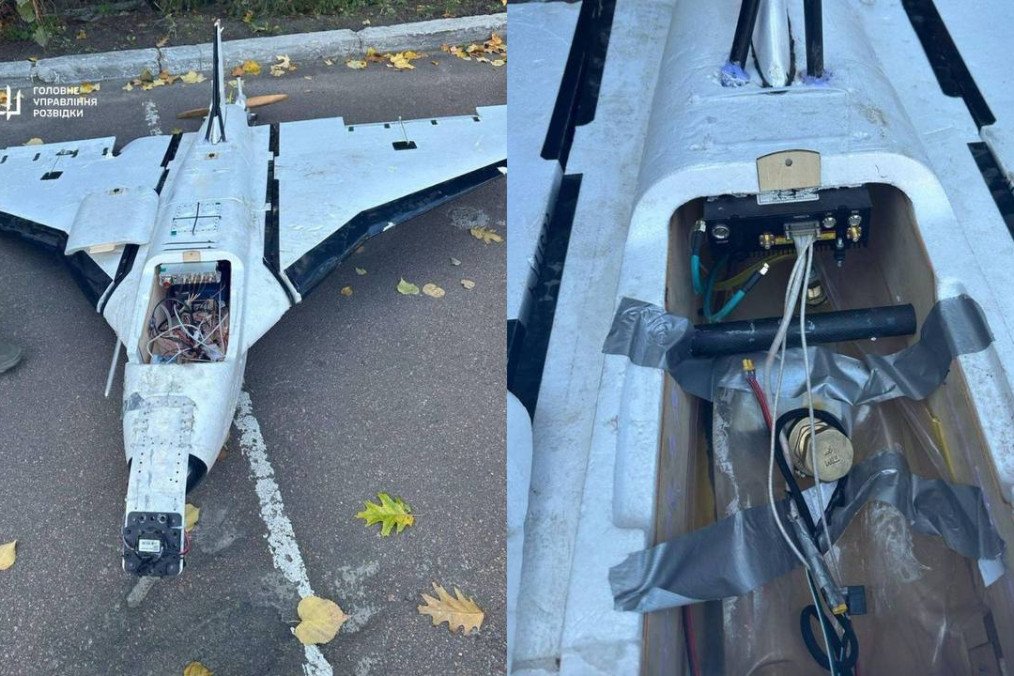
Ukraine’s Defense Intelligence (HUR) published a detailed review of Russia’s Gerbera drone, underscoring its reliance on foreign components despite claims of self-sufficiency, reported War & Sanctions platform on November 18.
The “Gerbera” drone is a multi-purpose UAV assembled at a facility in Yelabuga, Russia. It can function as a loitering munition and conduct electronic reconnaissance, including identifying air defense positions and confirming hits from other drones. Designed to mimic the Iranian Shahed-136, the Gerbera is used to overwhelm Ukrainian air defenses.
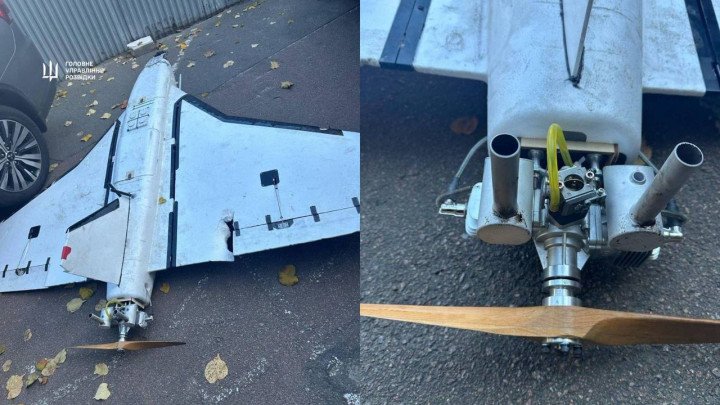
Employing plywood and foam materials makes it significantly cheaper than Shahed drones.
However, the drone’s construction heavily depends on imported components, many of which are sourced through intermediaries from China and Western manufacturers.
Analysis of downed Gerbera drones revealed the airframe is based on a Chinese prototype produced by Skywalker Technology Co., Ltd., which supplies parts to Russia via third-party firms.
Key electronic components include US-made Analog Devices and Texas Instruments chips, as well as parts from NXP Semiconductors (Netherlands), STMicroelectronics (Switzerland), and Chinese companies like XLSEMI.
Its propulsion system, the DLE60 engine, is manufactured by China’s Mile Hao Xiang Technology Co., Ltd., a company sanctioned by the US in 2024 for supplying Russia.
Ukraine’s HUR also identified similar reliance on foreign parts in Russia’s “Parody” drone. Both drones are part of strategies aimed at overloading Ukraine’s air defense systems, enabling attacks on civilian infrastructure.
In addition, further examination of Russia’s missile arsenal revealed that some Kh-101 cruise missiles fired during the November 17 attacks were equipped with Soviet-era R-95-300 engines instead of standard Russian TRDD-50A engines.
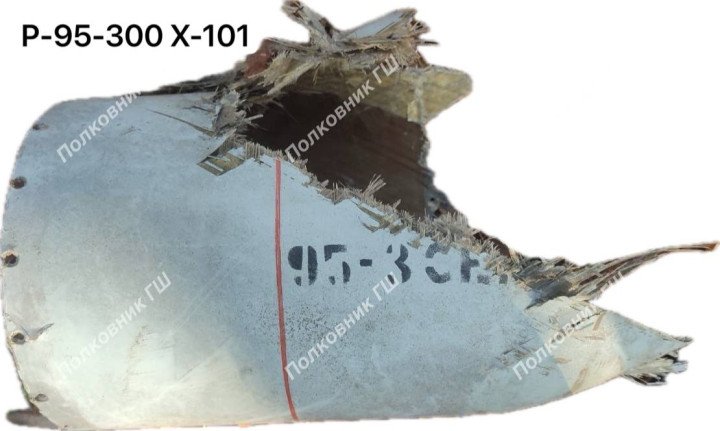
This suggests Russia is repurposing components from its old stockpiles or dismantling other Soviet-era missiles like the Kh-55.
Experts estimate that the production of cruise missile engines is a bottleneck in Russia’s missile manufacturing process, limiting its ability to scale up production despite significant investments.
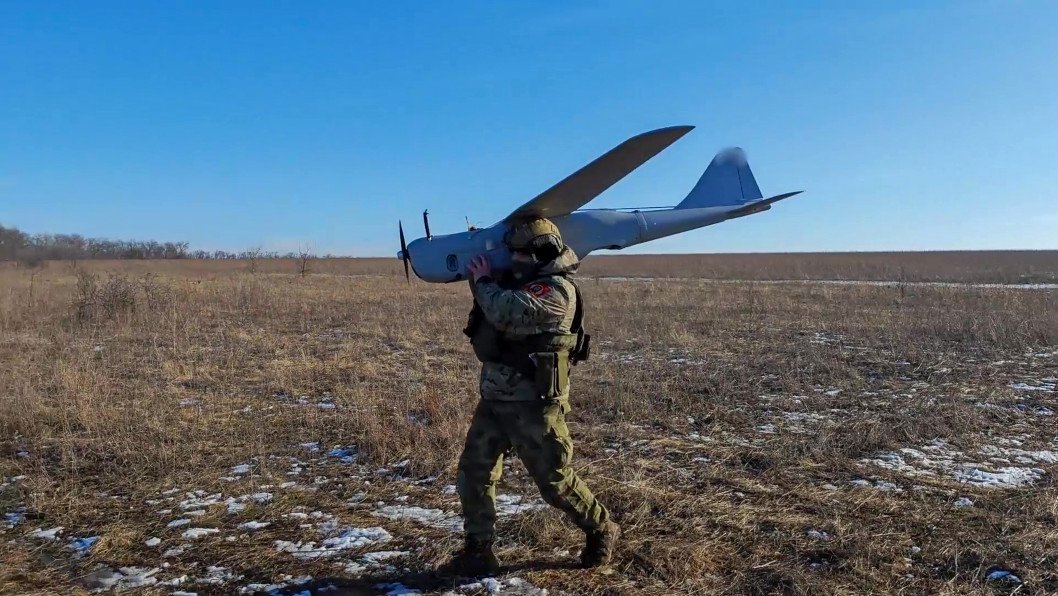
Earlier, Representatives Brad Schneider (IL-10) and Joe Wilson (SC-02), along with 21 other members of Congress, sent a bipartisan letter urging the Biden-Harris Administration to intensify efforts to prevent Russia’s circumvention of sanctions as part of the US’s commitment to support Ukraine and counter China’s influence.


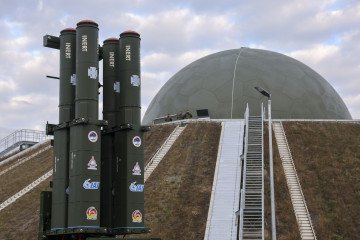


-72b63a4e0c8c475ad81fe3eed3f63729.jpeg)